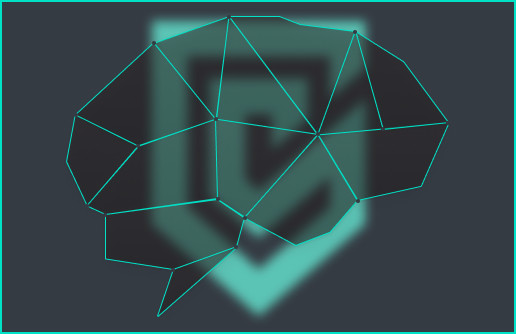Gathering and evaluating information about present and potential threats to an organization in order to reduce the risk of such threats is known as threat intelligence. Threat intelligence might contain information about various threats, including phishing attacks, malware, hacking activities, and other types of cybercrimes. Organizations should better understand the dangers they face, how those threats are changing, and what they can do to defend themselves by applying threat intelligence. The security policy may then be improved with this data, which can also be used to determine resource prioritization and improve decision-making on how to counter possible threats.
Threat intelligence may be useful in the operations of a SOC because it provides crucial information about prospective security threats, allowing the SOC to focus its efforts and respond to incidents more successfully.
The SOC can apply threat intelligence in the following ways to improve its security operations:
- Threat identification: Threat intelligence can provide the SOC with a more thorough understanding of the threat landscape, allowing it to recognize new and emerging risks that would not have been known otherwise.
- Prioritization: With a quantity of information about various threats, the SOC can prioritize its efforts and focus on the most critical threats with the highest risk level to the organization.
- Incident response: Threat intelligence also can offer useful information during an incident response, such as information about the methods used by the attacker, the type of malware deployed, and other key information that can assist the SOC to respond a threat promptly and effectively.
- Vulnerability assessment: Threat intelligence can disclose details on possible vulnerabilities in the organization’s systems and infrastructure, allowing the SOC to proactively patch these vulnerabilities before attackers can exploit them.
- Prevention: The SOC can put more effective preventative measures to avoid similar attacks in the future by employing threat information to identify the tactics, methods, and procedures exploited by attackers.
Threat intelligence may give the SOC a more comprehensive view of the threat environment, allowing it to make smart conclusions, set priorities for its efforts, and respond to security threats more successfully.
Indicator of Attack and Indicator of Compromise
One of the previous points was about threat identification. Two identifiers are used for this process: the IOA and the IOC.
An indicator of attack (IOA) is a characteristic that indicates that some unusual behavior has taken place in a system or network. For example, it could be a change in network logs, an unknown process running on the system, a high number of unsolicited emails sent from a single account, or any other suspicious behavior that may indicate an attack.
An indicator of compromise (IOC) is evidence that a system compromise has occurred. For example, it can be the SHA-1 hash of the malicious file that appeared on the system or the computer’s IP address that is the source of the attack. This information can be used to precisely identify the attack and to take adequate measures to protect the system.
IOA and IOC are important to SOCs because they allow them to quickly identify attacks and begin to respond to them. Using these indicators, teams can assess the threat level and take the necessary steps to protect data and systems. These steps may include blocking malicious IP addresses, updating software on a system, or even shutting down a system for the time it takes to investigate and remove malicious code.
